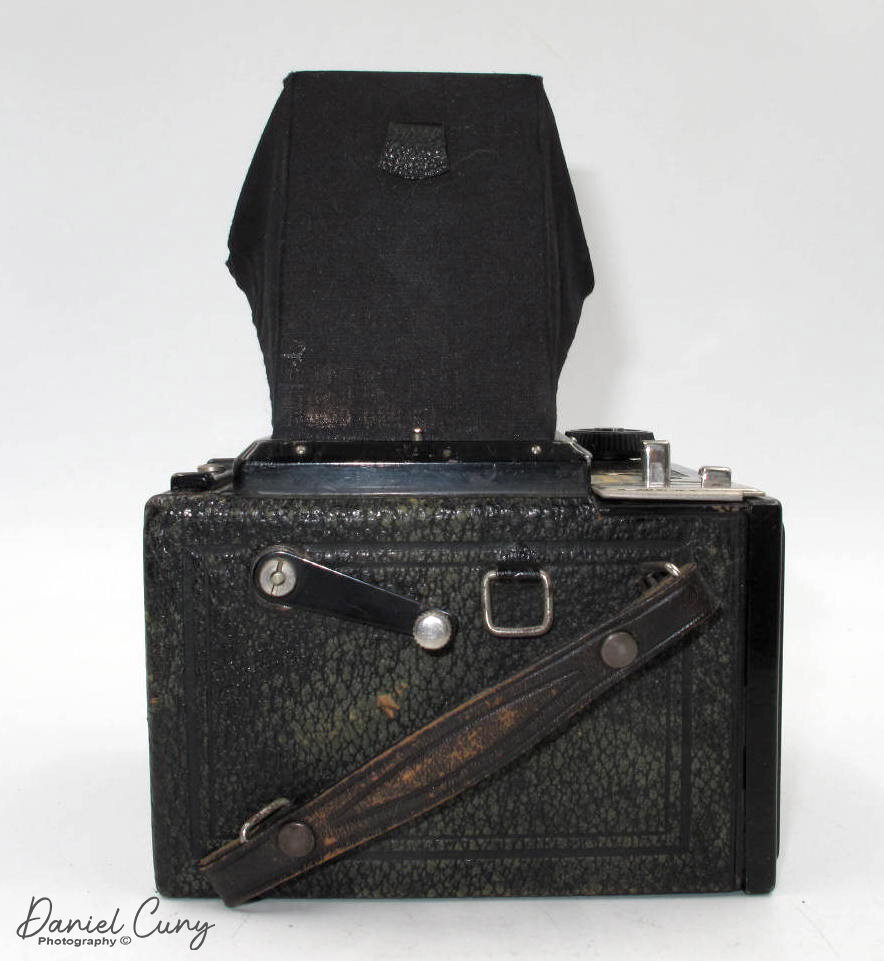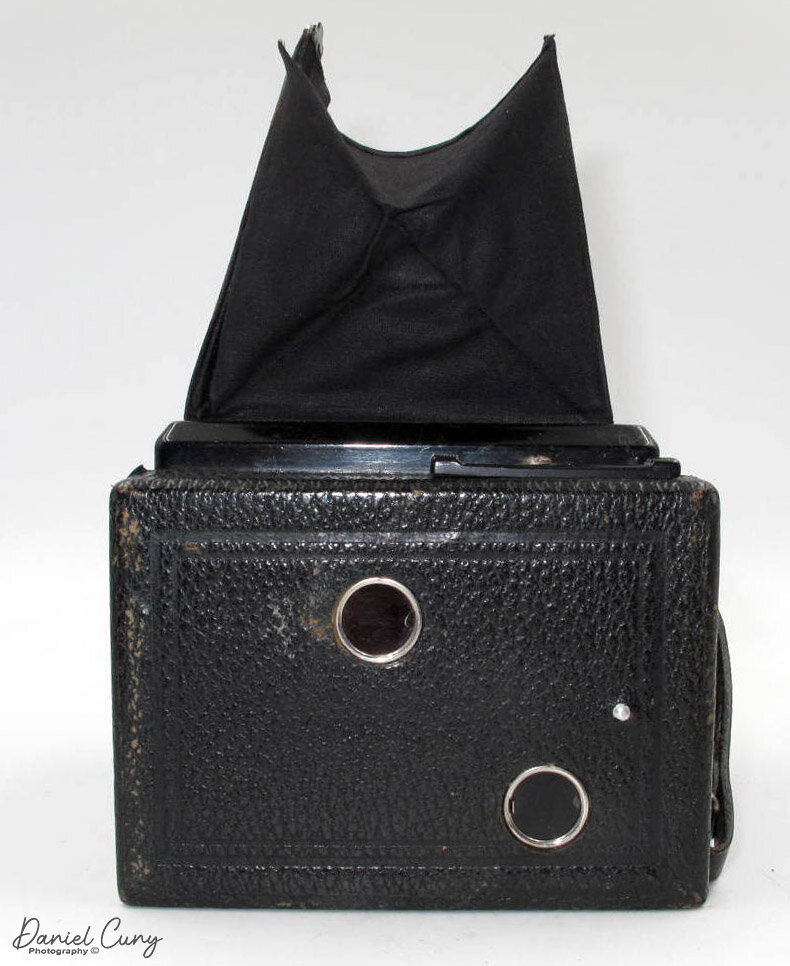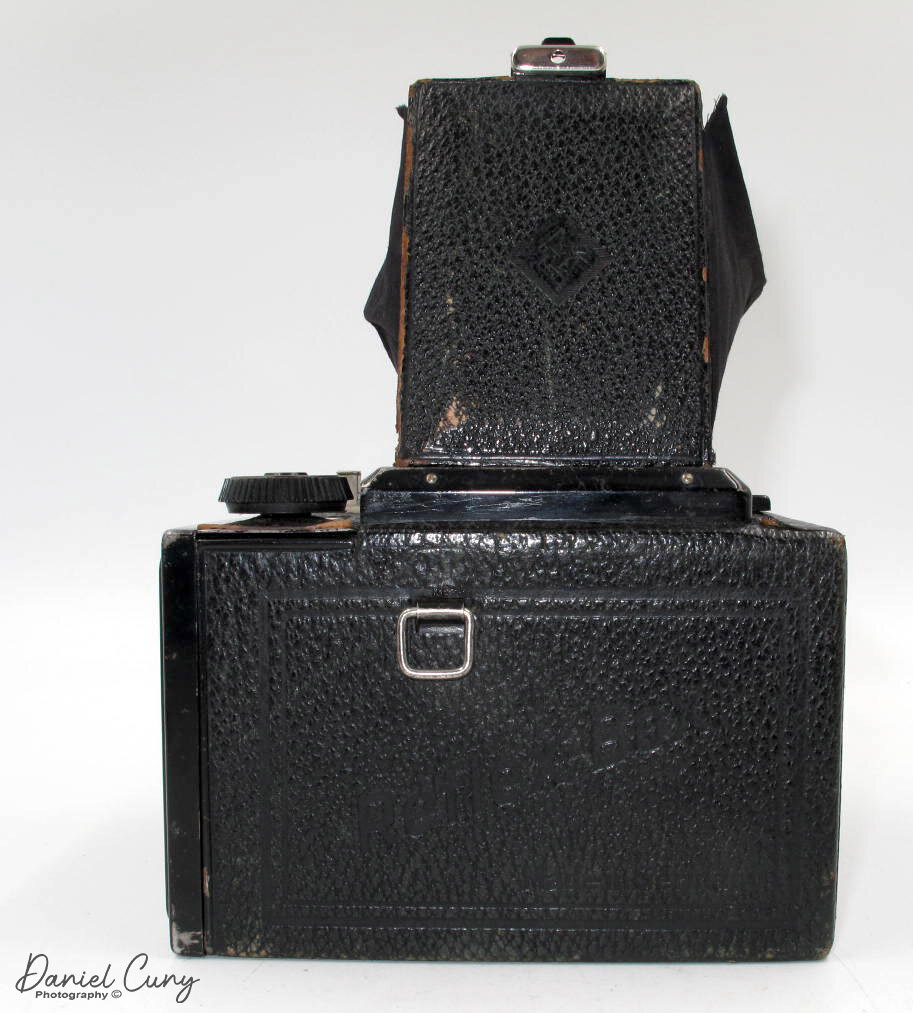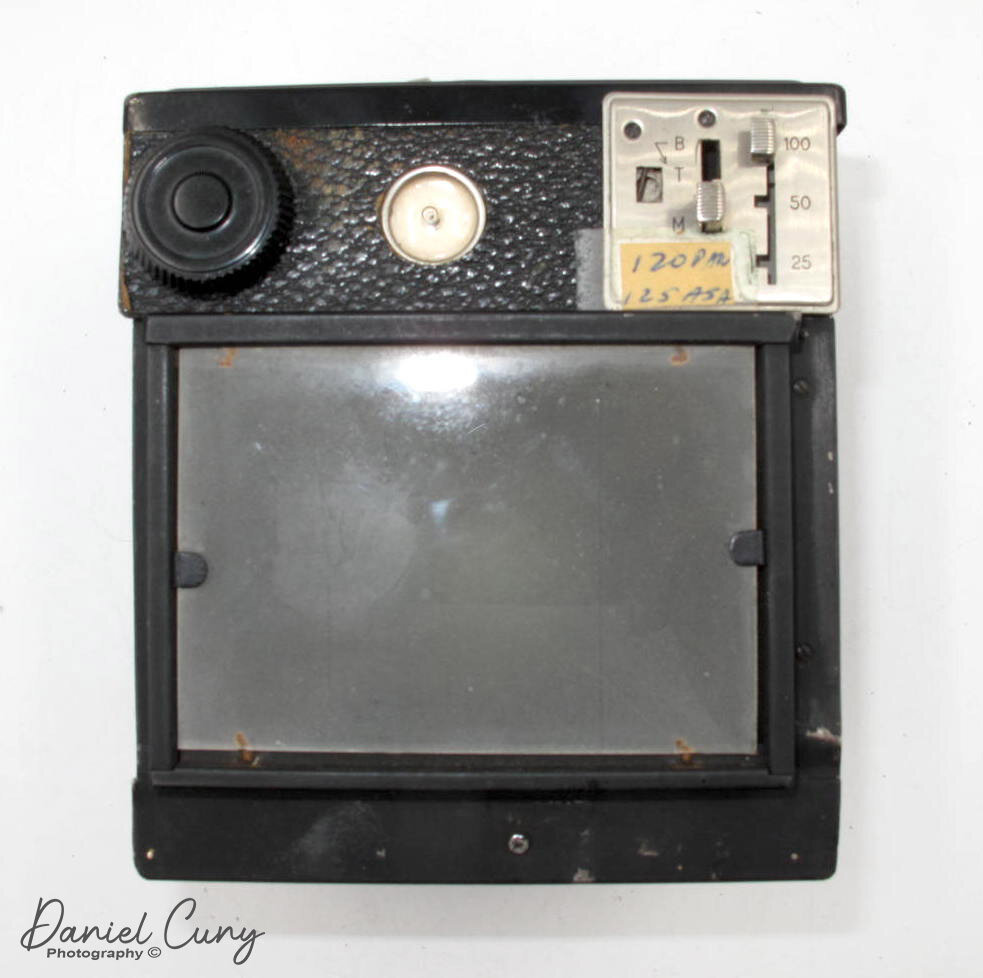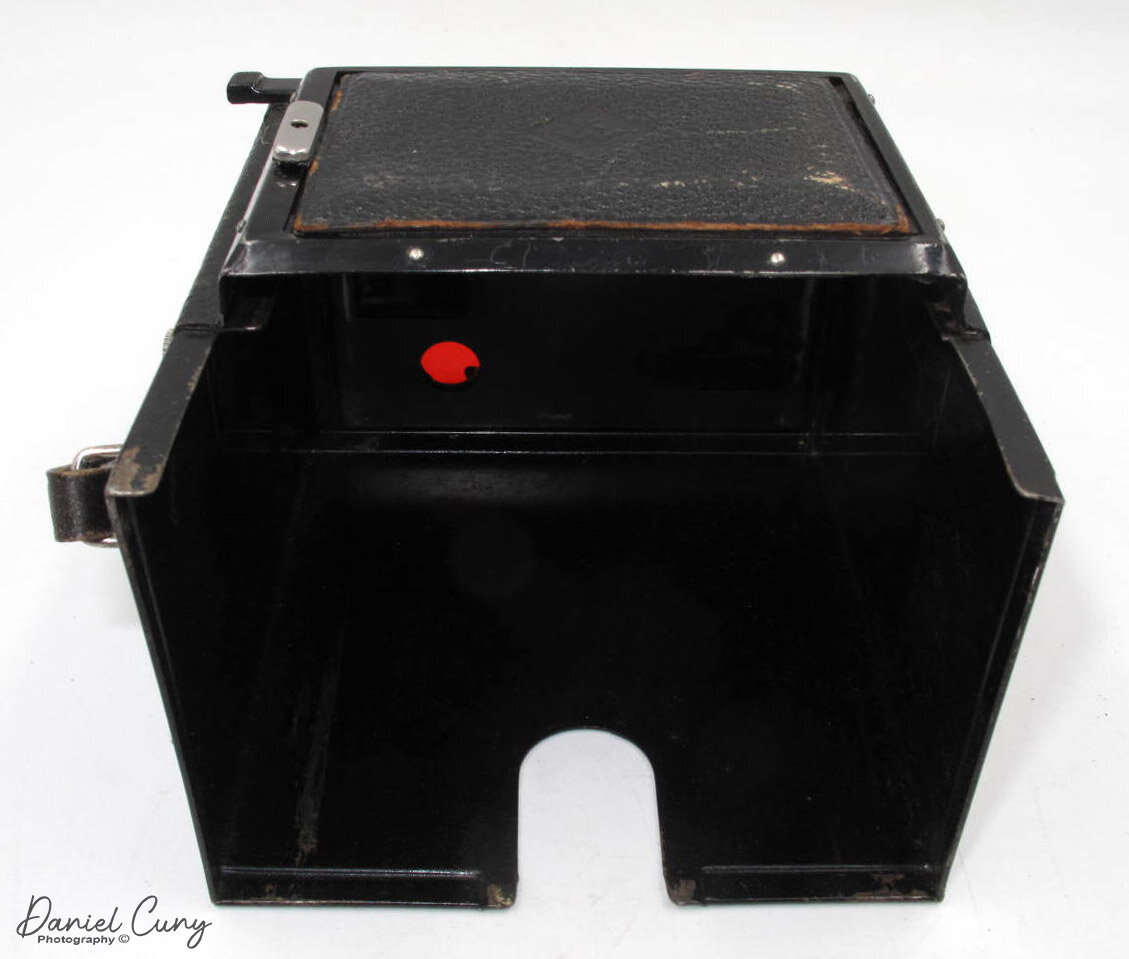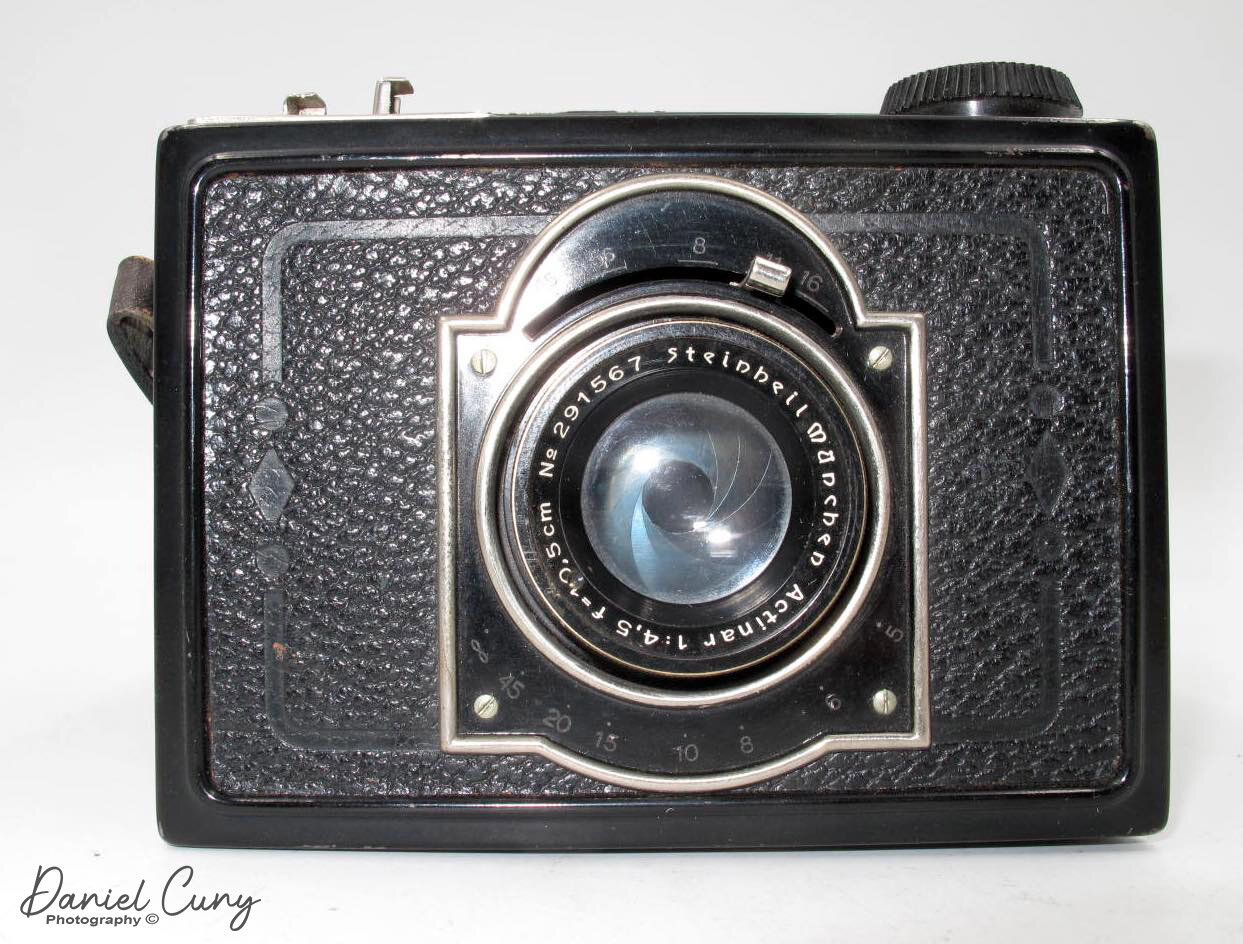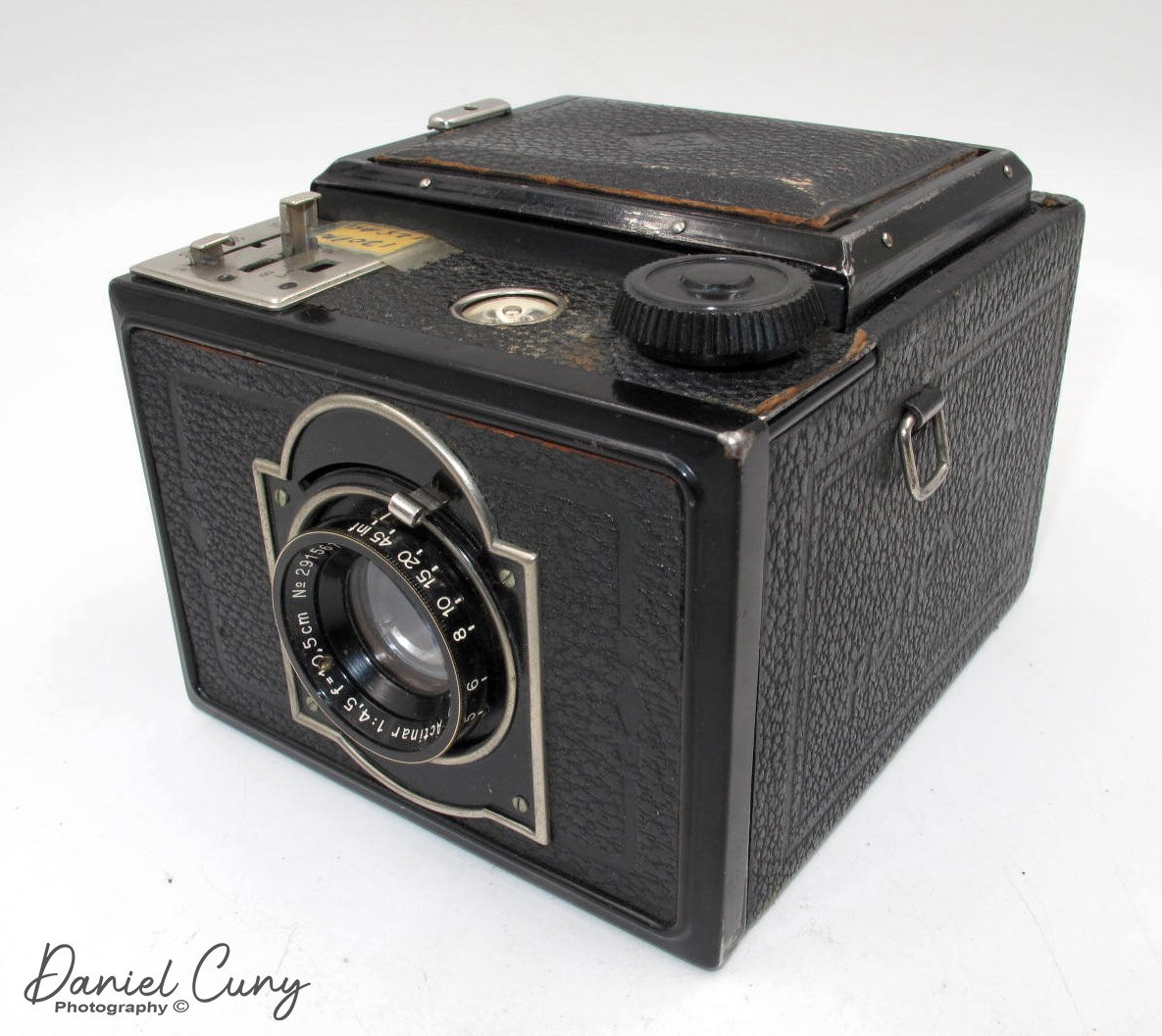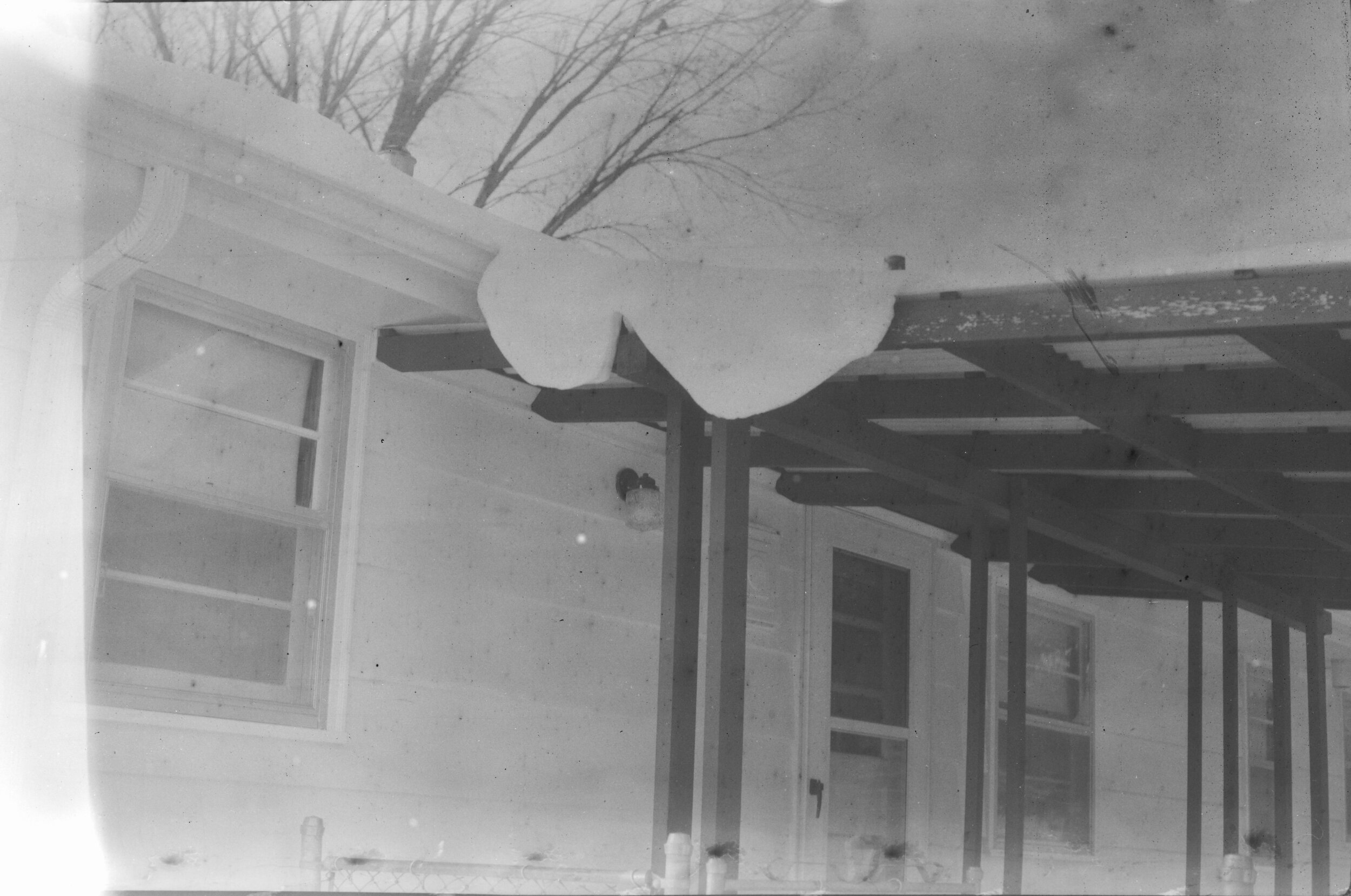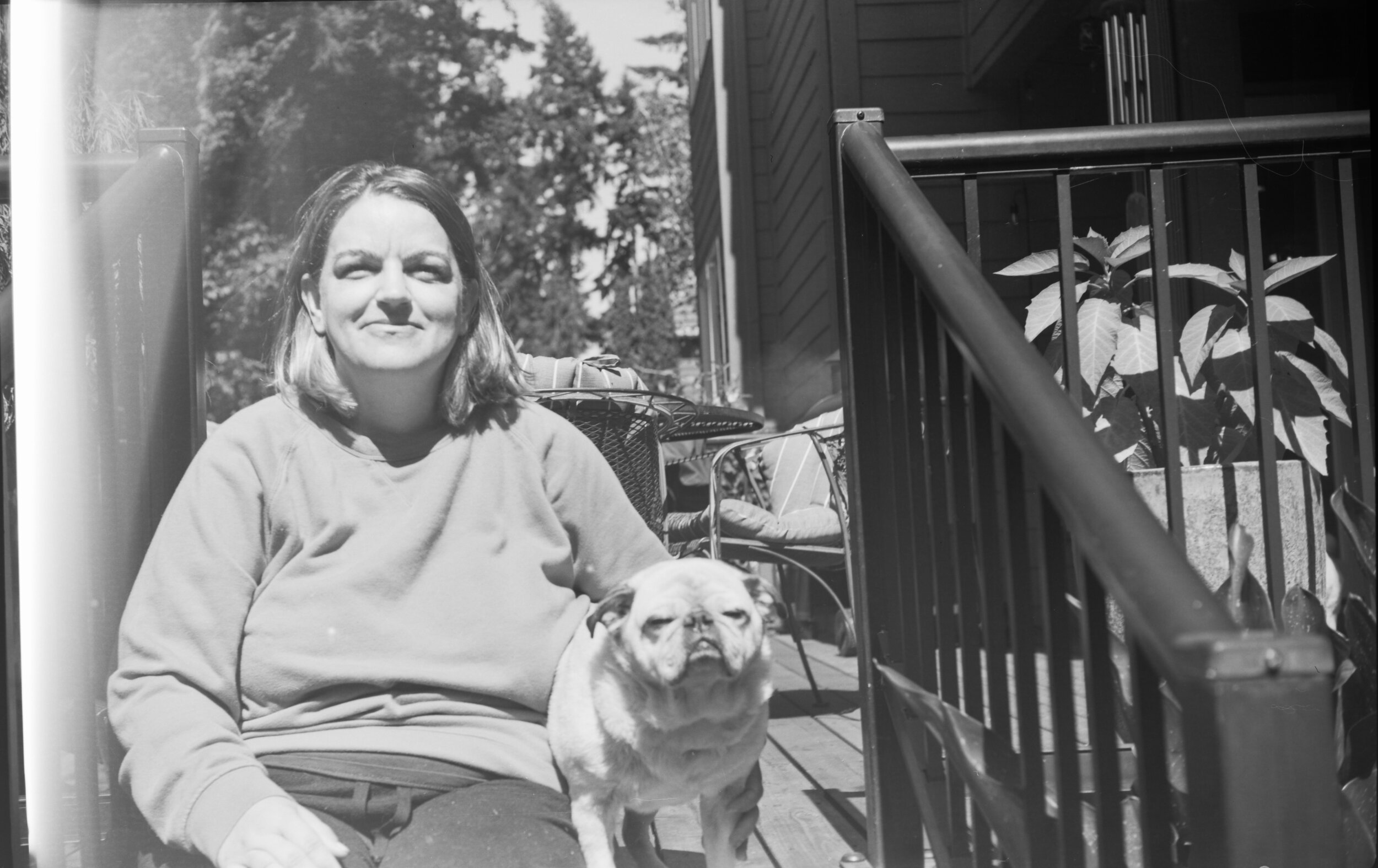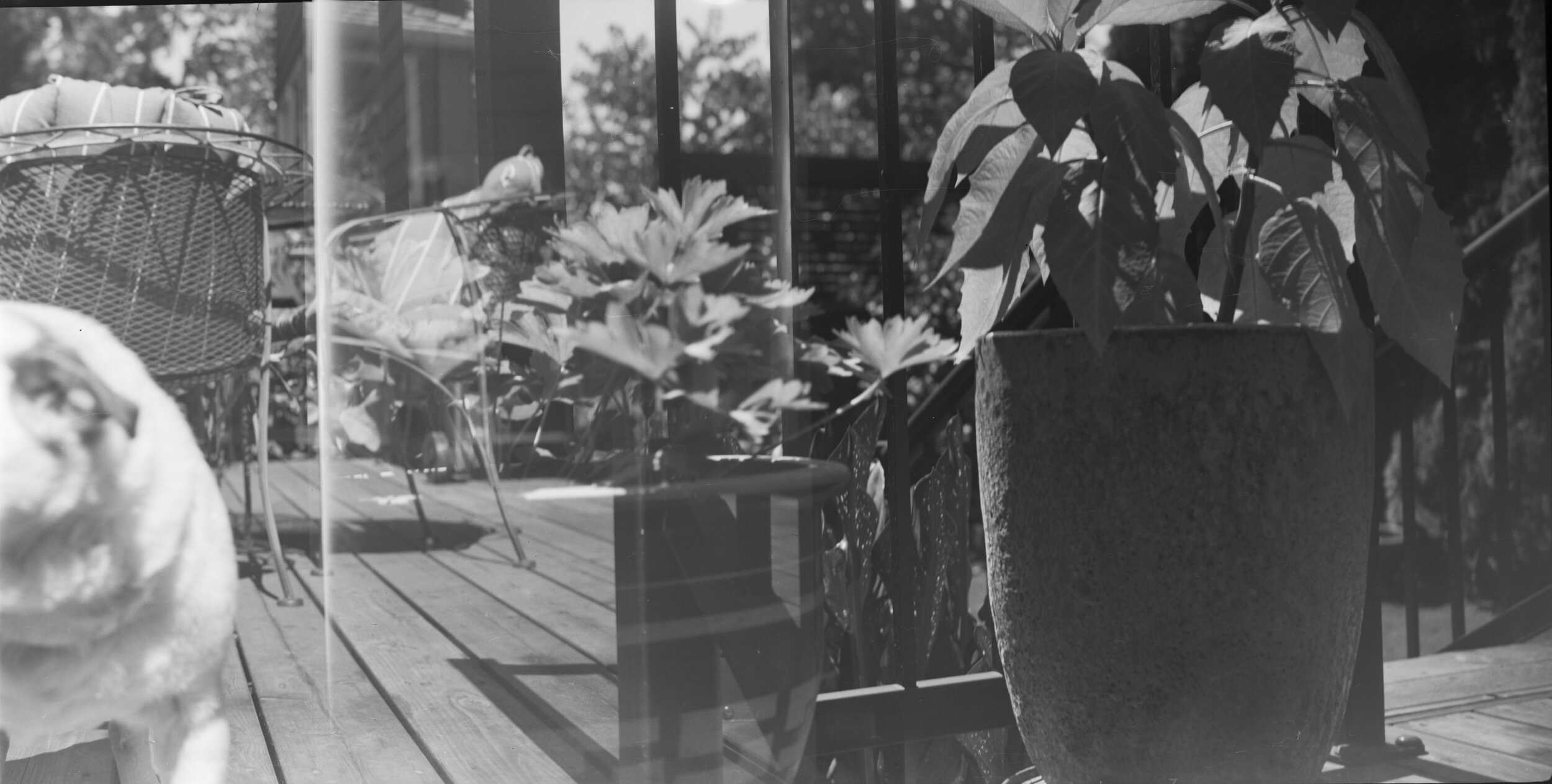In this week's posting, the camera I'm discussing doesn't have the rarity or notoriety as the others either in my collection. However, it is a fun example of a cross over camera that never caught on, nor had the sales to justify keeping this type in the line up of the camera company. It's both a reflex and a box camera in one beautiful and functional camera.
The Reflex Box camera was manufactured by Kamera-Werkstätten Guthe & Thorsch, in Dresden, Germany. KW is what they are mainly known. The company was started by Paul Guthe and Benno Thorsch in 1919, just after WWI, where they focused on making cameras and associated photo products. Germany has always been a top-rated camera and optical manufacturing country, but Dresden seemed to have the majority, with Ihagee, Pentacon, Zeiss Ikon, Altissa, and several others.
KW Reflex-Box Camera & Case
The story of Paul Guthe and Benno Thorsch is an exciting tale. Before WWII, Benno Thorsch wanted to immigrate to the United States and placed an advertisement to that effect in Dresden. Charles Nobel, who ran a successful film processing business in Detroit, MI, answered the ad while visiting Dresden. They both agreed to exchange their interest in their respective companies, so Benno Thorsch moved to the Detroit Area. Charles Nobel moved to Dresden in 1938, where he rebuilt the factory in southern Dresden and renamed the company Kamera-Werkstätten AG, Dresden-Niedersedlitz. They were able to keep manufacturing through WWII, but in 1945, Charles Nobel and his son were arrested on unsupported spy charges by the Soviet occupying army. The factory was nationalized and became Pentacon VEB organization. Both men were imprisoned in labor camps until Charles Noble was released in 1952, and his son in 1955. Both returned to the US, but after Germany's reunification in 1990, the Noble family reclaimed their home and factory in Dresden.
The Reflex Box is a basic camera that gives you 8, 6x9 format exposures on 120 roll film. There is a light-tight viewer or chimney that pops up on the top to view the ground glass, which also allows for focusing and composing the photo. The camera has three shutter speeds, 1/100, 1/50, & 1/25, along with "B" for time exposure. These settings are at the top of the camera. They are changed when you depress the button and slide the lever to the desired speed. The shutter release is the same lever for adjusting the shutter settings to "B" or "T," but instead of sliding it to the desired function, you depress it to fire the shutter. There is an opening next to the "T" setting, which I'm guessing is for a cable release, but I don't see a threaded button. Just an opening. When I depressed it with a pencil, it did fire the shutter. Also, on top of the camera is a spirit level and the film advance knob.
On the front of the camera is the Steinheil Wunchen Actinar 10.5cm f4.5 lens, which focuses from 5' to infinity. Above the lens is a sliding bar that sets the aperture from f4.5-16. The lens's focusing is viewed through the chimney on the top of the camera, but since the lens stops down manually, you should keep the lens wide open for the brightest viewing for focus, then stop down to the desired aperture before shooting.
On the right side of the camera is the reflex mirror cocking arm, which also cocks the shutter. You press the lever down, and the mirror comes down for viewing. The handle is also on the right side of the camera. There is a tripod socket on the bottom and two red windows on the back to see the numbers advance. You'll need to go two numbers to get to the next frame since you're shooting 6x9cm. When I received this camera, there was a roll of film inside. I enjoy it when this happens as I get the opportunity to see what's on the film. When I processed the film, there was one fair image on the roll. To see how this camera performs, I shot a roll of film through it as well. I've included some of the pictures in the post.
I hope you enjoyed learning just a bit about this camera as much as I did using it. If you have questions, concerns, or general questions about this or any of the other cameras on my posts, I'd love to hear from you. Thank you for your time, and until next week, please be safe.
Next week's camera is the Voigtlander Vitessa, which I'll be shooting with over the holiday weekend and share images in next week's post.
You can subscribe to my Camera Collecting Blog below.

